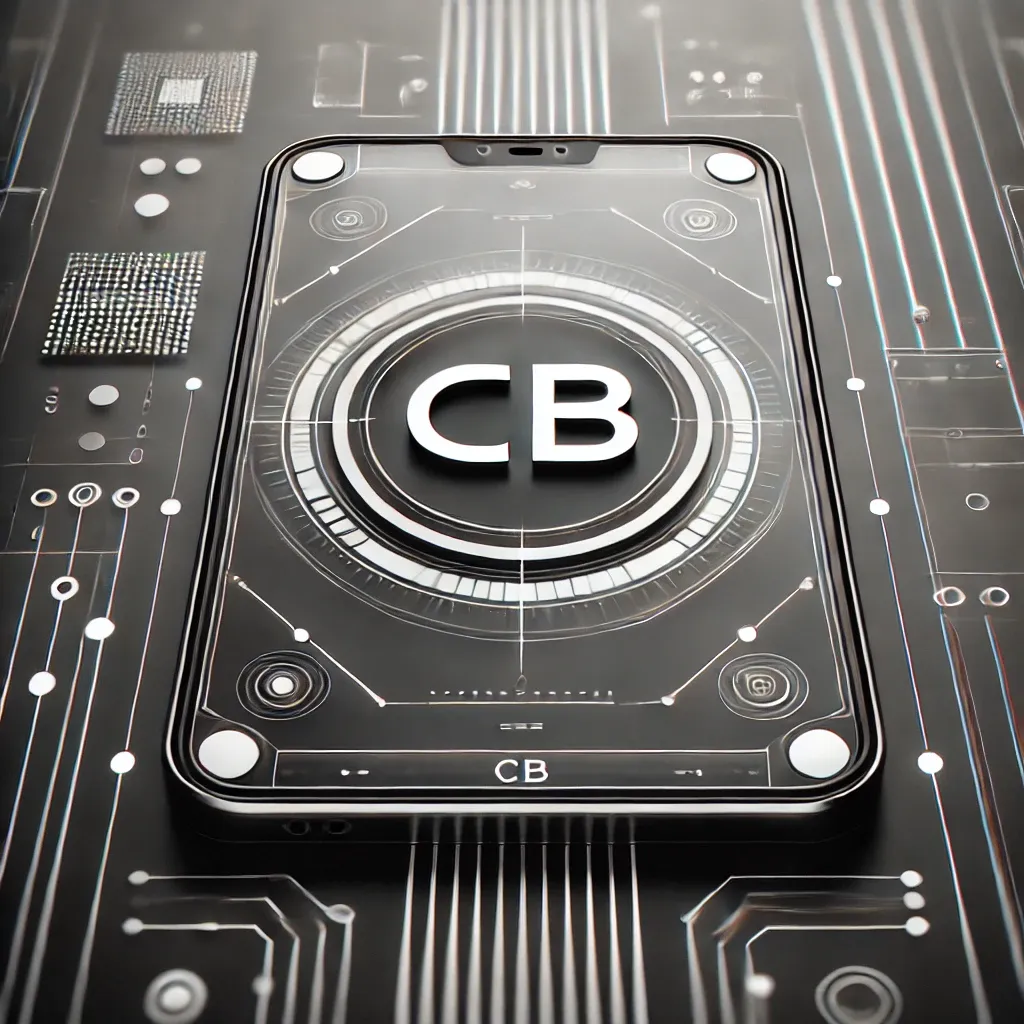Ever wondered about the significance of CB in today’s technological world? Discover the various meanings, uses, and implications of CB in industries like electronics, computing, and more. Ready to dive in?The world of technology is ever-evolving, and one term that has recently been gaining traction is “CB.” From electronics to digital systems, CB is making waves in various sectors, yet many are still unfamiliar with its true potential. In this article, we will explore the multifaceted role of CB in the modern technological landscape, delving into its applications, innovations, and future implications.
What is CB?
At first glance, the term “CB” may seem like just another acronym, but its significance stretches across numerous domains, including computing, electronics, and even in emerging tech sectors. Understanding CB requires us to examine its various contexts—whether it is related to communication technology, computing systems, or even industrial applications.The term CB is often linked to the realm of digital systems, but it also carries weight in more traditional industries, where its significance plays a crucial role. As we explore further, we will discuss how CB is being utilized in different sectors and why it is gaining so much attention in today’s tech-heavy world.
1. CB in Electronics and Technology
In the world of electronics, CB often refers to specific devices or components that enable advanced functionalities. From radios to power supplies, CB is essential in powering high-tech solutions.For instance, CB radio systems are still widely used in specific industries for reliable communication. The recent innovations in CB radio technology now integrate modern digital features that offer better clarity and broader coverage. But beyond traditional applications, CB is also heavily integrated into smart devices, providing users with seamless connectivity.Key features of CB technology in electronics include:
- Enhanced signal processing
- Integration with IoT (Internet of Things) devices
- Low-latency communication features
- Compatibility with wireless communication networks
- Advanced noise reduction mechanisms
- Energy-efficient power usage
These advancements in CB technology are transforming how electronics function, enabling more reliable communication and enhancing user experience across various devices.
2. The Role of CB in Computing and Digital Systems
CB is also widely recognized in the computing industry, where it is often associated with bit processing and digital systems. Specifically, in fields like digital signal processing (DSP), CB is a crucial element in data transmission and analysis. It’s used to compress, encrypt, or quantify large datasets, making it easier for systems to handle vast amounts of information.For instance, 4-bit quantization is a key concept in signal processing, and it often utilizes CB to simplify the analysis of sound or visual data. This is especially relevant in fields like artificial intelligence (AI) and machine learning, where the efficient handling of data is critical.Some other important applications of CB in digital systems include:
- CB radios in military and emergency communication systems
- High-speed data transfer protocols
- Efficient data compression for streaming services
- Computational models in AI
- Real-time system monitoring
CB’s role in computing is indispensable as it continues to evolve, creating faster and more effective systems for various industries.
3. CB in Industrial Applications and IoT
Beyond the realms of electronics and computing, CB technology also plays a significant role in industrial applications. In IoT (Internet of Things), for instance, CB facilitates the communication between sensors and central data systems. Smart factories and smart cities utilize CB-based technologies to ensure that devices interact smoothly, offering significant improvements in energy management and automation.By enabling devices to communicate with each other seamlessly, CB is at the heart of creating smarter, more efficient systems in the industrial world. Whether it’s through CB-powered sensors that monitor machine performance or via wireless CB technology that allows real-time data tracking, the possibilities are vast.Some examples of CB in industrial settings include:
- Automated monitoring systems for machinery
- Smart grids for power distribution
- IoT-based health monitoring devices
- Smart agriculture solutions for precision farming
- Predictive maintenance systems in factories
In the future, CB could revolutionize entire industries by enhancing connectivity and automation in ways we have yet to fully understand.
Conclusion
The term CB, though seemingly simple, holds a world of innovation and opportunity across various sectors. From enhancing electronic devices to powering next-gen computing systems and facilitating industrial automation, CB is not just an acronym—it’s the backbone of many technological advancements we rely on today.As we look toward the future, CB’s role will only grow in significance, driving progress in industries as diverse as healthcare, energy, and communication. The journey of CB technology is just beginning, and its potential is truly exciting.
“The best way to predict the future is to invent it.” – Alan Kay
By exploring and embracing innovations in CB, we are indeed helping to shape a brighter, more connected future for generations to come.






